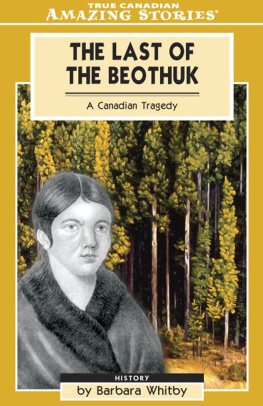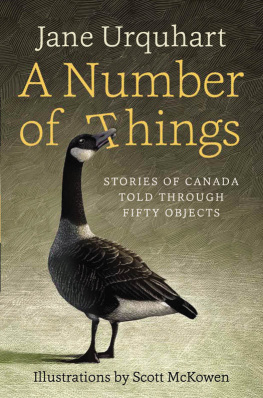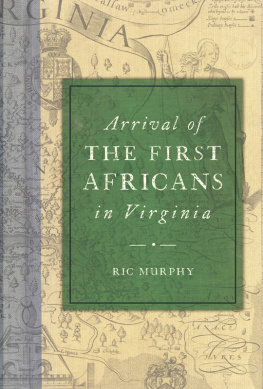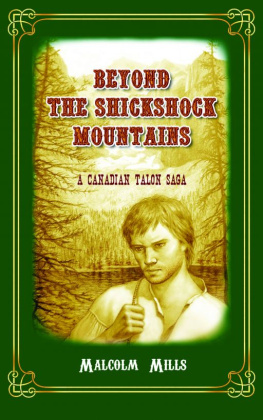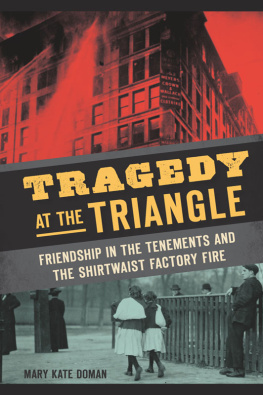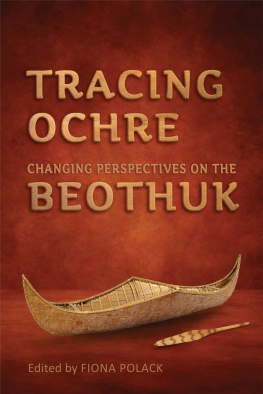
The Last of the Beothuk
A Canadian Tragedy
by Barbara Whitby

James Lorimer & Company Ltd., Publishers Toronto
Authors Note
Racist words and attitudes have been quoted occasionally in this book to emphasize ways of thinking that were common in earlier times. Their use is intended to accurately convey the story in context as it unfolded in years past. To deliberately use the word savage of another human being now is most offensive and absolutely unacceptable. Passages in the book that refer to Canadas Native peoples in a derogatory manner are based on contemporary letters and documents, and in no way reflect the opinion of the author. From the earliest contact, the belief that Native peoples were sub-human was widespread, and often led to contemptuous attitudes and brutal behaviour. Although attitudes have changed considerably, it should be noted that redressing these wrongs is still in process.
Prologue
James Carey, a trapper from Twillingate thought he was alone when he first sighted some figures farther down the shore of Badger Bay. They were moving out of the shelter of the forest. He stiffened. Are they friendly? Or are they hostile savages?
On this cold January morning of 1823, he had reason to be uneasy. He had boasted over many a pint of ale that he always killed any Red Indians who strayed into his path. Thieving nuisances. He thought of them as less than human. Being quite ruthless excited him.
Squinting against the glare of the snow, he fired a warning shot over their heads. He knew from experience that if they were Red Indians, they would most likely run. These savages were deathly afraid of firearms. But what could a man expect? They were brutes scarcely more than animals and much more sport to hunt.
He was shocked when the two figures continued to advance without apparent fear. Yes, they were from the Red Indian tribe. Their clothes and faces were heavily stained with greasy red mud. When he realized they were making directly for him, he turned back, in panic, towards the cabin where his partner Stephen Adams waited.
Adams! he screamed with genuine fear. Out here! Indians!
Adams raced out to join him, and they stood with their guns lined up, waiting for the attack. As far as they could see, there were only the two. It looked like an older man with a young woman. The bully in James came to the fore as he estimated the odds. They were walking slowly, as if they had very little strength. A ruse, he thought sarcastically. Both trappers motioned the two Beothuk to keep back, but they kept coming. More fool them, then ... They asked for it!
Within seconds, the two Beothuk lay dead in the snow.
Chapter 1
Strange Ships Arrive in the Land of the Beothuk
The Beothuk met solemnly in council to discuss the strange sightings off the coast. Was this what had been prophesied? They discussed the stories handed down to them over the centuries. Their oral history told of tall white-skinned bearded people who had appeared in the northwest many years ago and then left suddenly. They had come over the horizon of the great sea, where no land was known to exist. They skimmed the water like birds swooping on the wing. The wise ones of those days of old had warned that others like them would come in the future. When that happens, test out the spirits, they had said. Some of the newcomers will be sent by evil ones, beware of those who try to take possession of the land.
The present apparitions were similar to the descriptions of those in the past, but they were much larger. They, too, floated on water like birds, but were monstrous. Their many wings snatched the wind and forced it to their bidding. When the wind struggled to escape, they snapped and scolded and held it fast. The noise was like tremendous slaps with a huge invisible stick that could be heard for miles. They travelled with frightening speed, and without fear, through the raging seas. Those who had seen them had felt weak with foreboding.
Were they from this world? Or were they beings from beyond the skies, that had landed far out in the ocean and glided towards these shores? Why had they come? The tribe sat around the ceremonial fire, robed in full regalia of feathers and red ochre, and chanted for spiritual guidance. They fasted, prayed for wisdom, and shared their visions. These beings were powerful spirits indeed, spirits who had to be placated. But, at the same time, the Beothuk had to take control of the extraordinary energy released by them.
As one old man spoke, the five six-foot tall shamanic emblems symbols of the most sacred of beliefs cast long shadows across the gathering. They knew then what must be done. With solemn respect, another carving was made in the shape of a great ship with two masts, and was set on an identical six-foot stave, along with the other five symbolic images. The carving was then anointed with red ochre and placed with the others before the chiefs mammateek (the Beothuk word for wigwam).
No one could guess that with the appearance of European sailing vessels on the horizon, the lives of the Beothuk would be profoundly altered, forever. Within 500 years, their coming would result in a path of destruction and in terrifying change for the inhabitants of the island until at the end not one would be left.
The first Europeans to come were adventurers and explorers. They were excited about the discovery of the New World, and curious about every aspect of it. Royalty and the powerful merchants the explorers represented waited impatiently for news. Were there magnificent treasures and boundless natural resources to be claimed and plundered? What minerals, timber, flora, and fauna would the new lands yield? Would they be comparable to European species? Would there be enough to replenish the depleting European resources that had been drained at an alarming rate by rapidly expanding populations? Were there magnificent treasures, towns, and castles? What troops would be needed to take them?
When no cities, castles, or empires were evident along the Atlantic seaboard of North America, it came as a huge and encouraging surprise. These unknown lands were obviously ripe for the picking. They had never been mapped and measured, nor had they been developed or improved by a civilized people. It was the duty of Christian men to undertake these tasks for king, for country, and for God.
It soon became apparent that no human beings lived in the New World either. Certainly there were human-like creatures, but they were thought to be so savage and their social organization so primitive that they were considered less than human. These savages knew nothing of oxen, horses, draft animals, ploughs, or wheels. They did not live in houses, but quickly threw up shelters as they moved from place to place. They did no useful work, but indulged themselves all day in the sport of hunting and fishing, just as if they were the idle aristocracy. These creatures were squatters, not worthy of the land they occupied.
The tribulations for the Native peoples began as early as 1498, with a series of abductions, when John Cabot carried some individuals off to England. He presented them to Henry VII and his court. Three years later another group was taken to England, this time by some Bristol merchants. And about the same time John Cabots son, Sebastian, arrived back home with sundry people. Friends and relatives of these Native people had no idea where their loved ones would be taken, apart from the fact that they had been forced aboard an alien ship manned by fierce strangely-dressed men, who spoke a garbled tongue and carried devastating weapons. They did know that their kinsmen would never be seen again.
Next page
